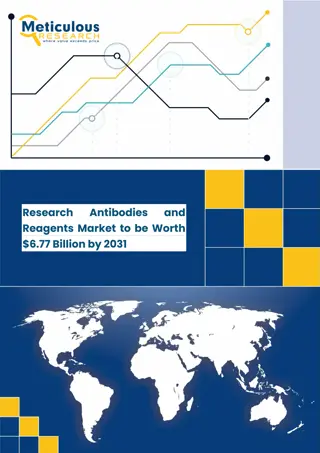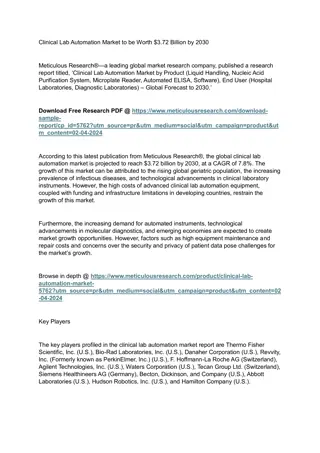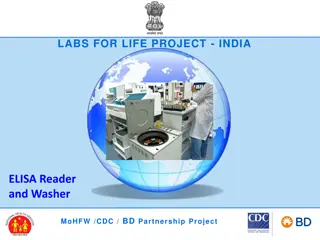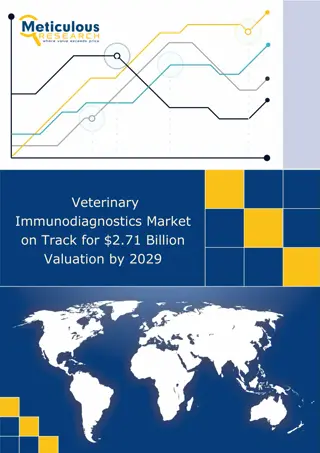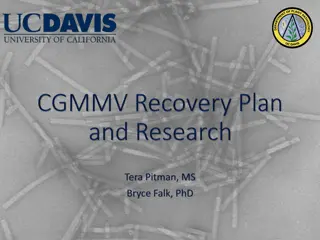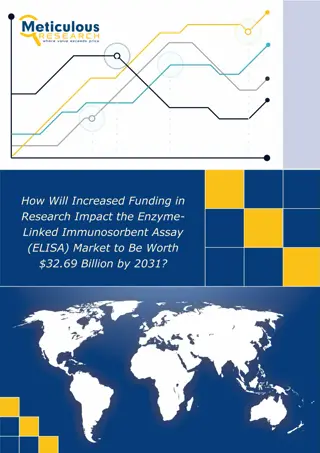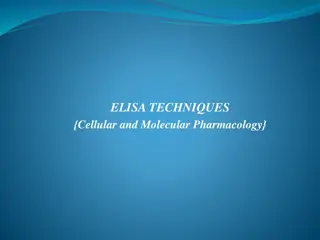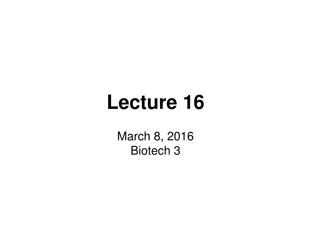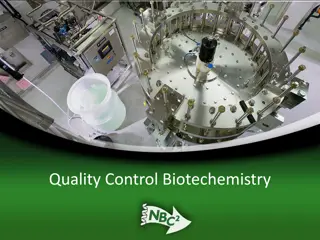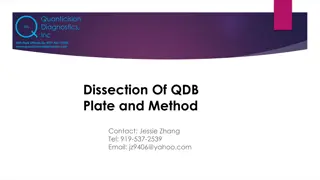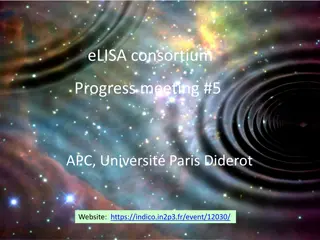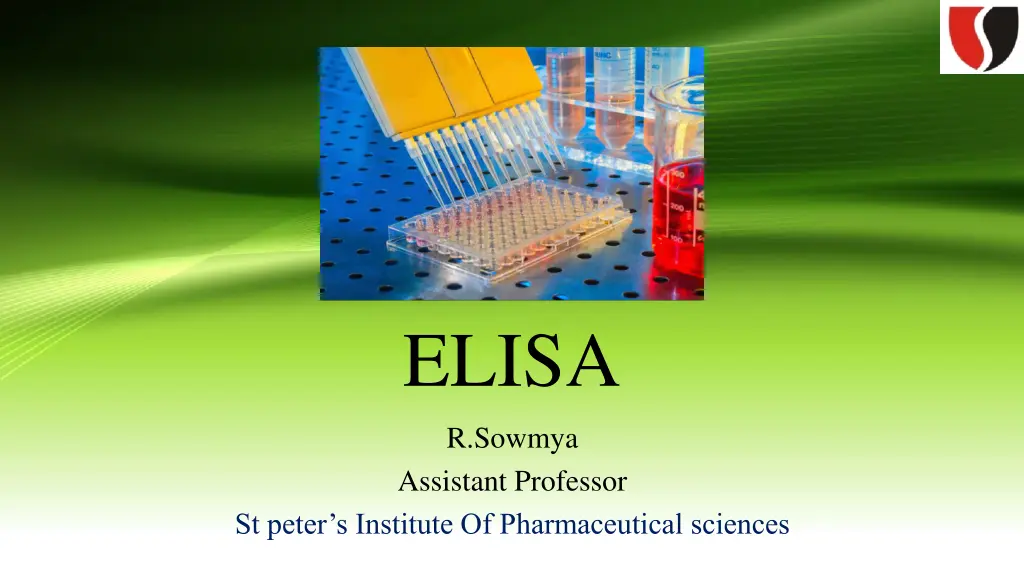
Understanding ELISA - Enzyme-Linked Immunosorbent Assay Explained
Learn about ELISA, a modern molecular method for detecting antigen-antibody interactions using enzymes. Discover the types of ELISA techniques, including Direct, Indirect, and Sandwich ELISA, and how they are essential in clinical diagnostics for various diseases.
Download Presentation

Please find below an Image/Link to download the presentation.
The content on the website is provided AS IS for your information and personal use only. It may not be sold, licensed, or shared on other websites without obtaining consent from the author. If you encounter any issues during the download, it is possible that the publisher has removed the file from their server.
You are allowed to download the files provided on this website for personal or commercial use, subject to the condition that they are used lawfully. All files are the property of their respective owners.
The content on the website is provided AS IS for your information and personal use only. It may not be sold, licensed, or shared on other websites without obtaining consent from the author.
E N D
Presentation Transcript
ELISA R.Sowmya Assistant Professor St peter s Institute Of Pharmaceutical sciences
Enzyme-Linked Immunosorbent Assay (ELISA) is a modern molecular method used to detect interactions between antigens and antibodies through the use of enzymes. It stands as one of the most sensitive enzyme immunoassays available for identifying and quantifying the presence of antigens or antibodies, particularly in clinical diagnostics for a range of diseases. The antigens or antibodies are tagged with enzymes like alkaline phosphatase, horseradish peroxidase, and -galactosidase. Achromogenic substrate specific to the enzyme (Ex: o-phenyldiamine dihydrochloride for peroxidase or p-nitrophenyl phosphate for alkaline phosphatase) is added. The enzyme bound to the antigen-antibody complex acts on the substrate usually hydrolyzing it to produce a color change.
This color change can be observed visually or measured by reading the optical density with a microassay plate reader (commonly referred to as an ELISA reader). A standard curve, established using known concentrations of antigen or antibody, is typically prepared to calculate the unknown quantities. ELISA techniques can be broadly divided into four categories: Direct Elisa Indirect Elisa Sandwich Elisa Competetive Elisa
Direct ELISA It is the simplest and fastest approach, using a single enzyme-linked antibody that binds directly to the antigen in the sample. Procedure: Antigens coated on to the wells of a microtiter plate, where the antigen adsorbs to the surface. Wash to remove any unbound antigen. Introduce an enzyme-conjugated antibody that attaches to the bound antigen. wash to eliminate excess unbound antibodies. Add a chromogenic substrate, which reacts with the enzyme to produce a color change that is used for interpretation.
Indirect ELISA It uses a secondary enzyme-linked antibody to detect the primary antibody bound to the antigen. Procedure: Immobilize known antigens that are specific to the antibody of interest in the wells. Carefully wash the wells to remove any unbound or contaminant antigens. Add the serum sample; if specific antibodies are present, they will bind to the immobilized antigen. Wash again, then add an enzyme-linked secondary antibody that targets the bound primary antibody. After another wash, add a substrate to observe the resulting color change.
Sandwich ELISA This is mainly used for antigen detection. Procedure: Coat the well with capture antibodies. Wash to remove any unbound capture antibody. Add the sample containing the antigen, allowing it to bind to the capture antibodies. Wash again, then add the enzyme-linked detection antibody, which binds to a different site on the antigen. After a final wash, add the substrate and the color change indicates the presence of the antigen.
Competitive ELISA Procedure: Primary antibody (unlabeled) is incubated with sample antigen. Antibody-antigen complexes are then added to well plates which are pre-coated with the same antigen. Unbound antibody is removed by washing the plate. (The more antigen in the sample, the less antibody will be able to bind to the antigen in the well, hence competition. ) The secondary antibody that is specific to the primary antibody and conjugated with an enzyme is added. A substrate is added, and the remaining enzymes elicit a chromogenic or fluorescent signal.

